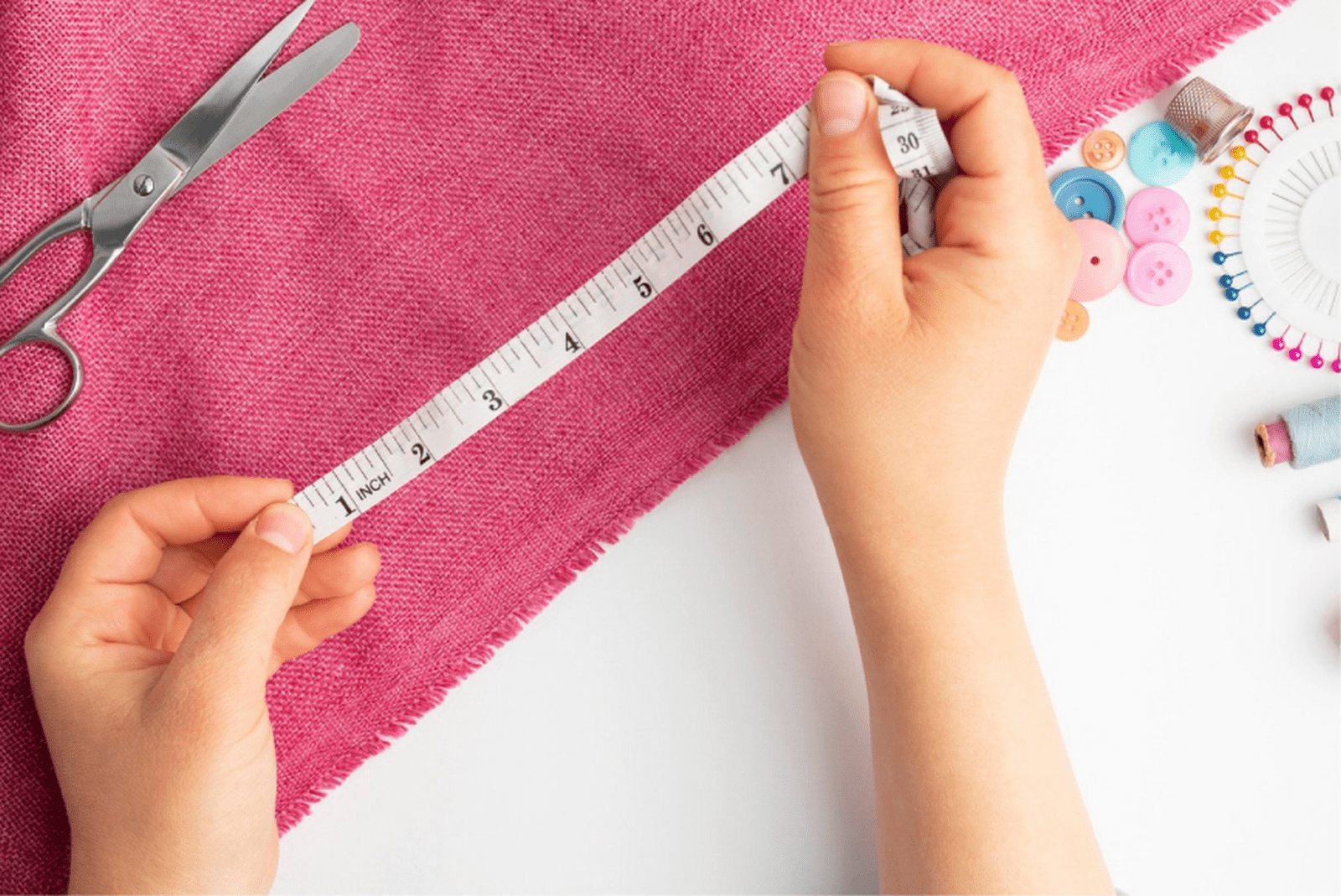Basics of Pattern Making and Sewing: First Steps for Beginners
28 February 2023
Pattern making and sewing are not just skills but a form of art that opens doors to creativity and self-expression. For children who are starting to learn these crafts, the process can be both engaging and rewarding. It's important for parents to understand how to support their children in this exciting journey. In this article, we'll explore the basics of pattern making and sewing to make the initial steps in this fascinating world easier and more accessible.
1. Introduction to Pattern Making and Sewing
1.1. What are Pattern Making and Sewing?
Pattern making and sewing involve creating clothing and textile items. Pattern making includes measuring and cutting fabric according to patterns, while sewing involves joining these pieces together using a sewing machine or by hand.
1.2. Why is it Important to Teach Kids Pattern Making and Sewing?
Learning pattern making and sewing helps children develop attention to detail, patience, and a sense of style. These skills enhance fine motor skills, improve concentration, and can form the foundation for creating unique and personalized items.
2. Equipment and Materials
2.1. Essential Tools:
To start, you'll need basic tools such as:
- Sewing Machine: Electric or mechanical, depending on preferences and budget.
- Fabric Scissors: Different from regular scissors and designed for working with fabrics.
- Measuring Tools: Ruler, measuring tape, and square.
- Needles and Threads: Choose quality needles and threads appropriate for the type of fabric.
2.2. Fabrics and Materials:
Begin with simple fabrics like cotton or linen. These are easy to work with and hold their shape well. Over time, you can experiment with more complex materials such as wool or synthetic fabrics.
3. Basic Pattern Making Techniques
3.1. Creating Patterns:
Patterns are templates used for cutting fabric. Start with ready-made patterns that you can find online or purchase from fabric stores. They will help you understand the basics of shape and size.
3.2. Transferring Patterns to Fabric:
Lay out the pattern on the fabric, secure it with pins, and trace the outlines. Then, carefully cut out the pieces following the lines.
3.3. Fitting Pieces Together:
Sew the pieces together, checking how they fit. Use pins or temporary stitches to keep the pieces in place.
4. Basic Sewing Techniques
4.1. Straight Stitches:
Straight stitches are the foundation of sewing. They are used to join two pieces of fabric. Ensure the stitches are even and neat.
4.2. Zigzag Stitches:
Zigzag stitches help reinforce seams and prevent fabric from fraying. They are particularly useful for seams on knit and synthetic fabrics.
4.3. Finishing Edges:
To prevent fabric edges from fraying, finish them with an overlocker or zigzag stitches. This helps extend the life of the garment.
5. Resources for Learning
5.1. Online Lessons:
There are many online lessons and video courses available to help kids and adults learn the basics of pattern making and sewing. These lessons often include step-by-step instructions and tips for working with different fabrics and techniques.
5.2. Online Art Schools:
Many online art schools offer courses in pattern making and sewing. This is a great way to receive professional instruction and support in a convenient format.
5.3. Sewing Classes:
Local workshops and classes can also be beneficial. They provide an opportunity to practice under the guidance of an experienced instructor and share experiences with other students.
6. Tips for Beginners
6.1. Start Simple:
Don’t try to create complex items right away. Begin with simple projects like bags or pillows. This will help you get accustomed to the process and gain experience.
6.2. Practice Regularly:
Regular practice will improve your skills and confidence. Gradually increase the complexity of your projects to develop your abilities.
6.3. Be Patient:
Don’t be afraid of mistakes—they are part of the learning process. Learn from them and continue to improve.
Conclusion
Pattern making and sewing are not only valuable skills but also enjoyable activities that can bring joy and satisfaction. Parents should support their children in learning these crafts by providing necessary tools and resources. Online lessons, online art schools, and sewing classes will help kids master the basics and develop their creative skills. Starting out in the world of sewing can be both easy and exciting if approached with enthusiasm and a willingness to learn.




